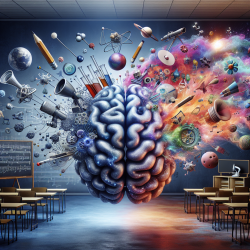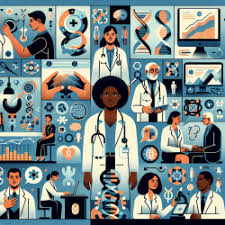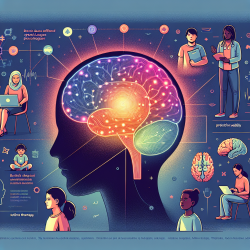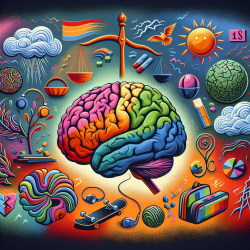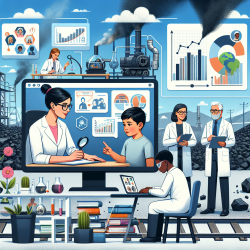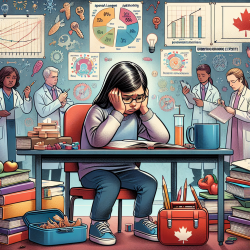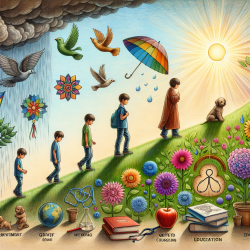Introduction
In the ever-evolving landscape of education, integrating creative arts into scientific learning is gaining traction. The research article "Creative Expression of Science through Poetry and Other Media can Enrich Medical and Science Education" by Sherry-Ann Brown explores this innovative approach. By merging the arts with science, educators can foster deeper understanding and engagement among students. This blog delves into the findings of the study and offers insights for practitioners seeking to enhance their educational methods.
The Intersection of Science and Poetry
The research highlights the synergy between science and poetry, emphasizing how creative expression can enrich learning. Poetry, with its emphasis on imagery, metaphor, and analogy, hones critical skills such as observation, analysis, and communication. These skills are invaluable in decoding complex scientific concepts, making poetry a powerful tool in science education.
Benefits Across Educational Levels
- Elementary and Middle School: Integrating poetry into science education at an early age stimulates imagination and enhances understanding of scientific principles. Studies have shown improved quiz scores and a better grasp of scientific concepts among students who engage in creative expression.
- Undergraduate and Graduate Education: In higher education, creative exercises like writing haikus about neurological concepts have led to profound learning experiences. Students gain a deeper understanding of complex topics by internalizing and expressing them creatively.
- Medical and Nursing Education: Creative writing programs for medical students and residents have improved patient-doctor communication and relationships. These programs encourage empathy and a holistic understanding of patient care.
Implementing Creative Expression in Education
For practitioners looking to incorporate creative expression into their teaching, the following strategies can be effective:
- Encourage students to create poems or visual art based on scientific concepts.
- Facilitate interdisciplinary collaborations between science and arts departments.
- Incorporate creative writing exercises into the curriculum to enhance critical thinking and communication skills.
Conclusion
By embracing the creative expression of science, educators can cultivate a more engaging and enriching learning environment. This approach not only enhances students' understanding of scientific concepts but also fosters a lifelong appreciation for the interconnectedness of arts and sciences. As practitioners, exploring and implementing these creative strategies can lead to significant improvements in educational outcomes.
To read the original research paper, please follow this link: Creative Expression of Science through Poetry and Other Media can Enrich Medical and Science Education.
